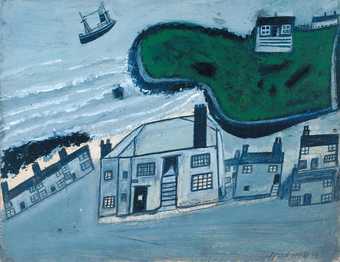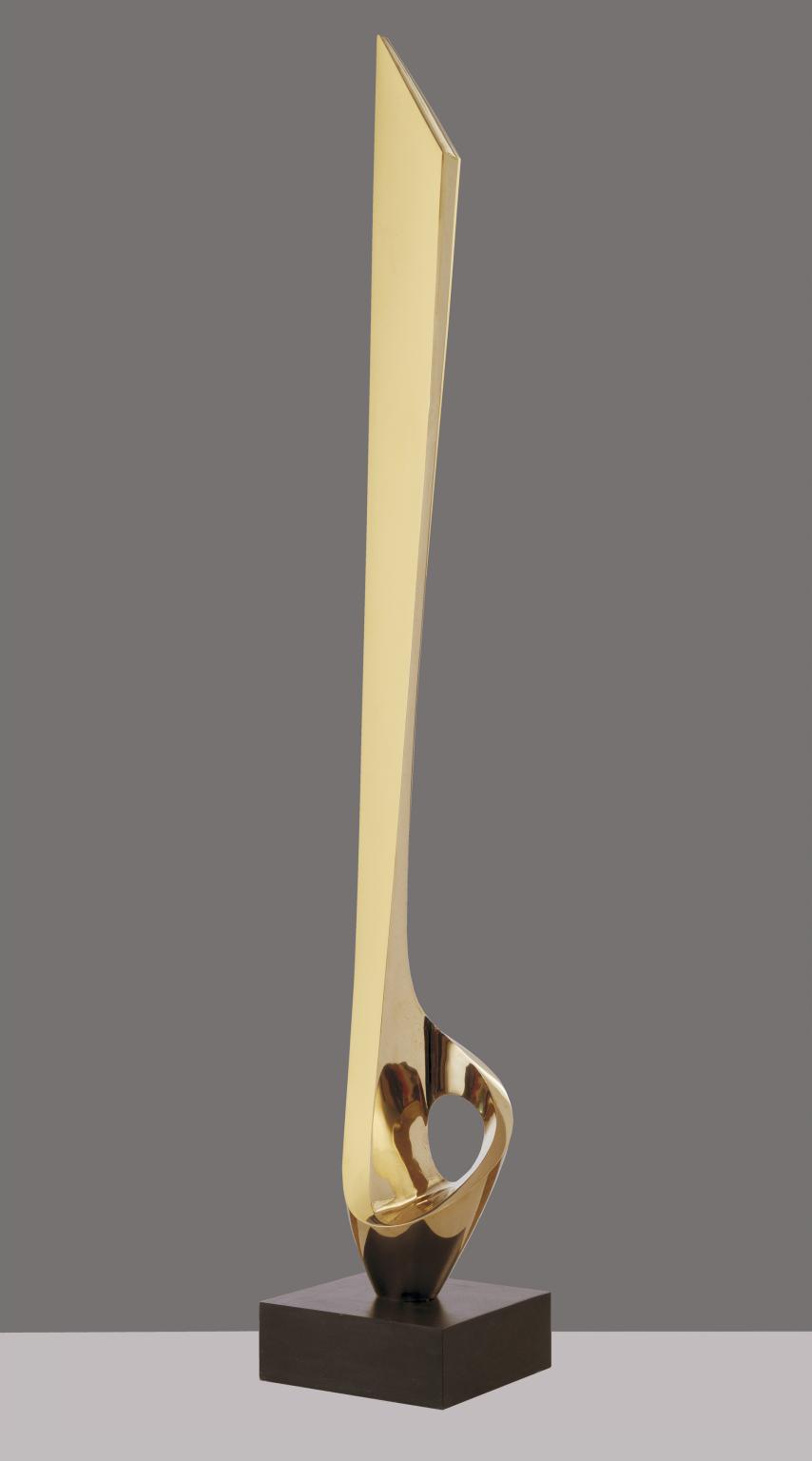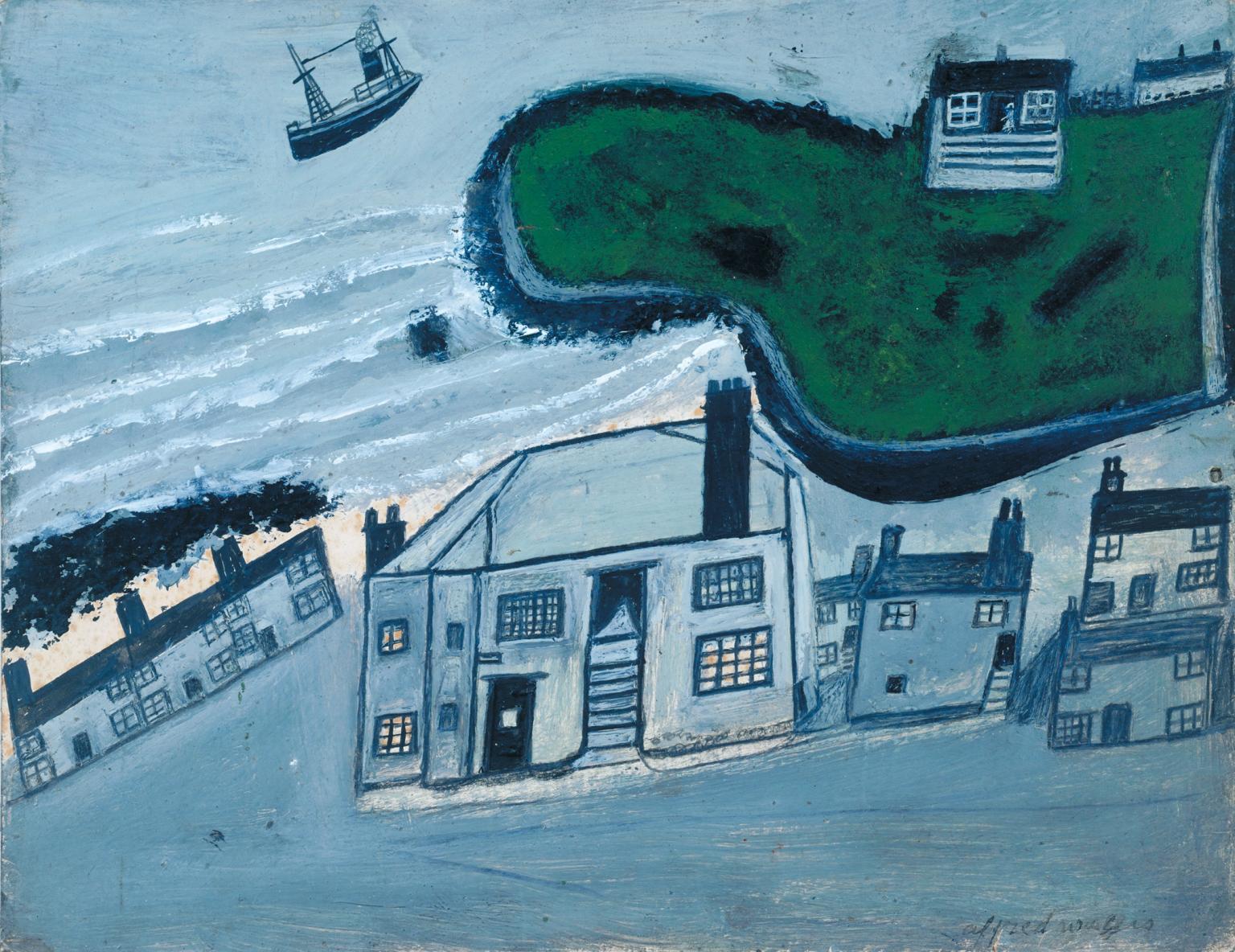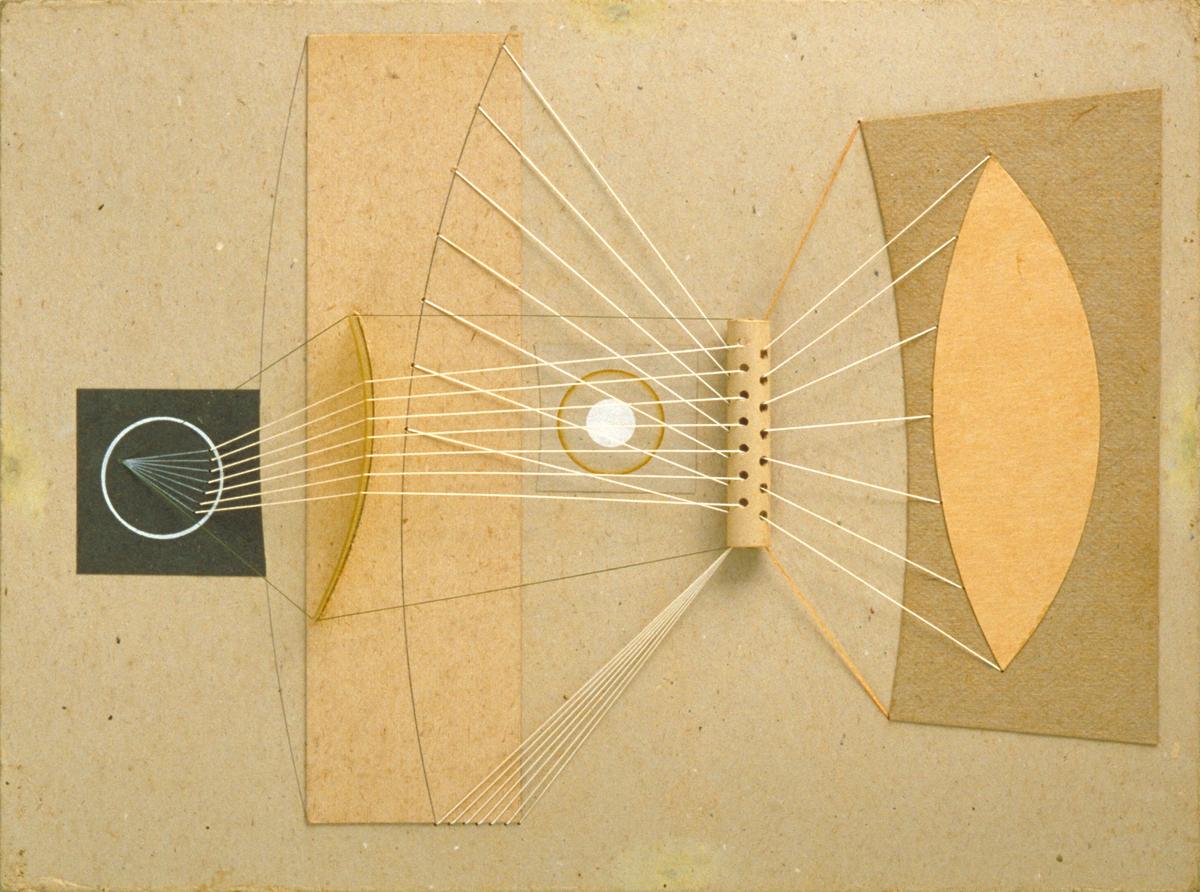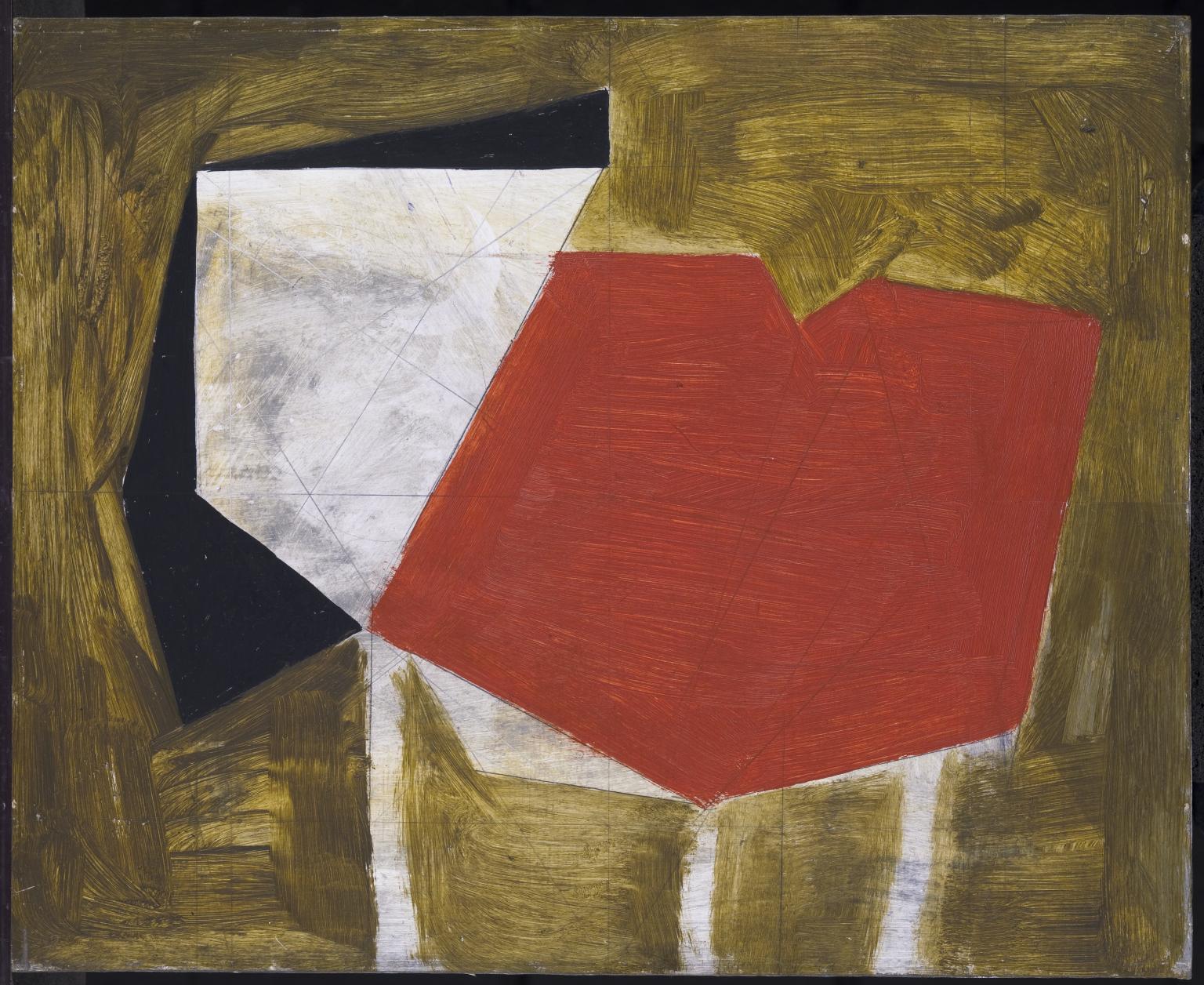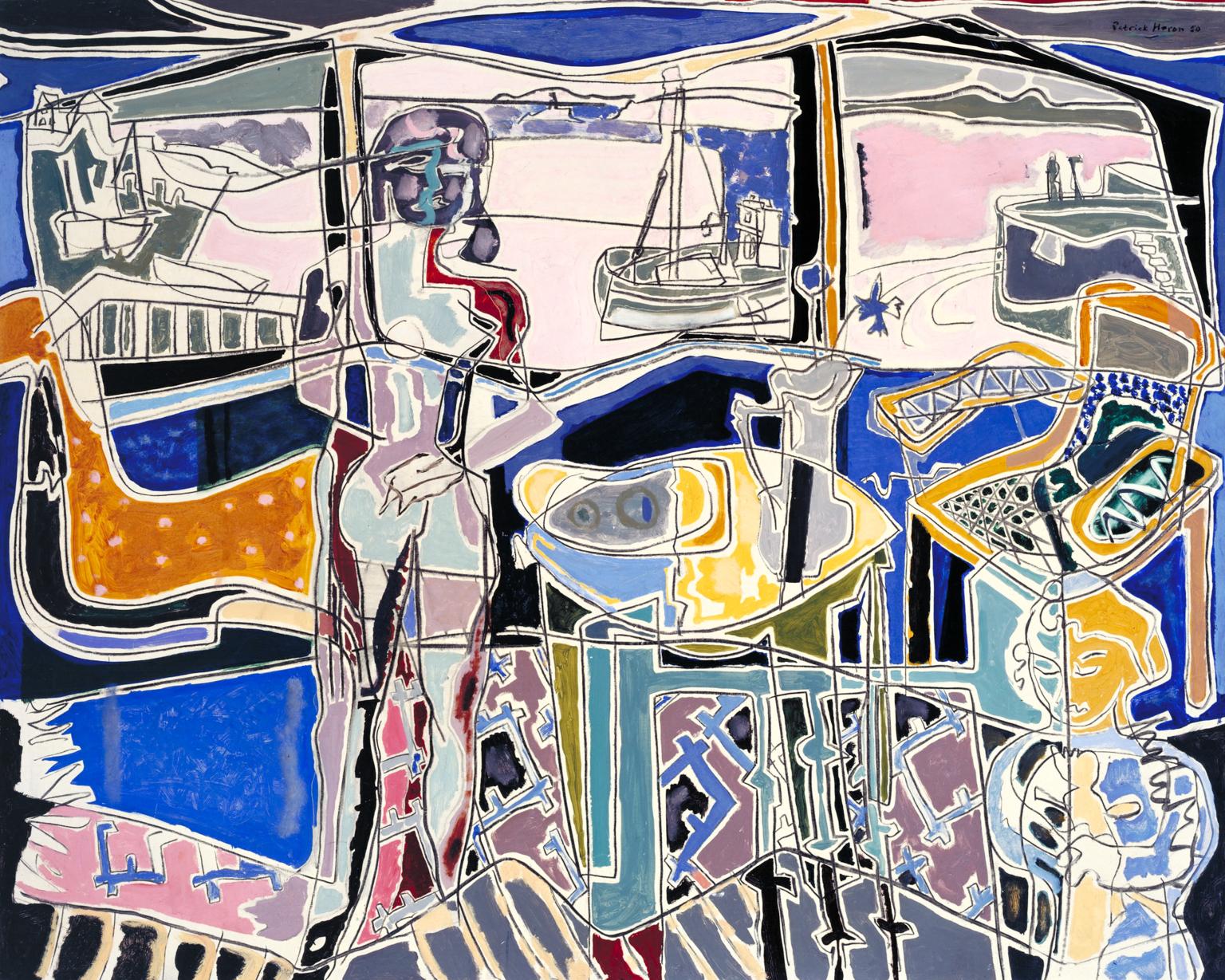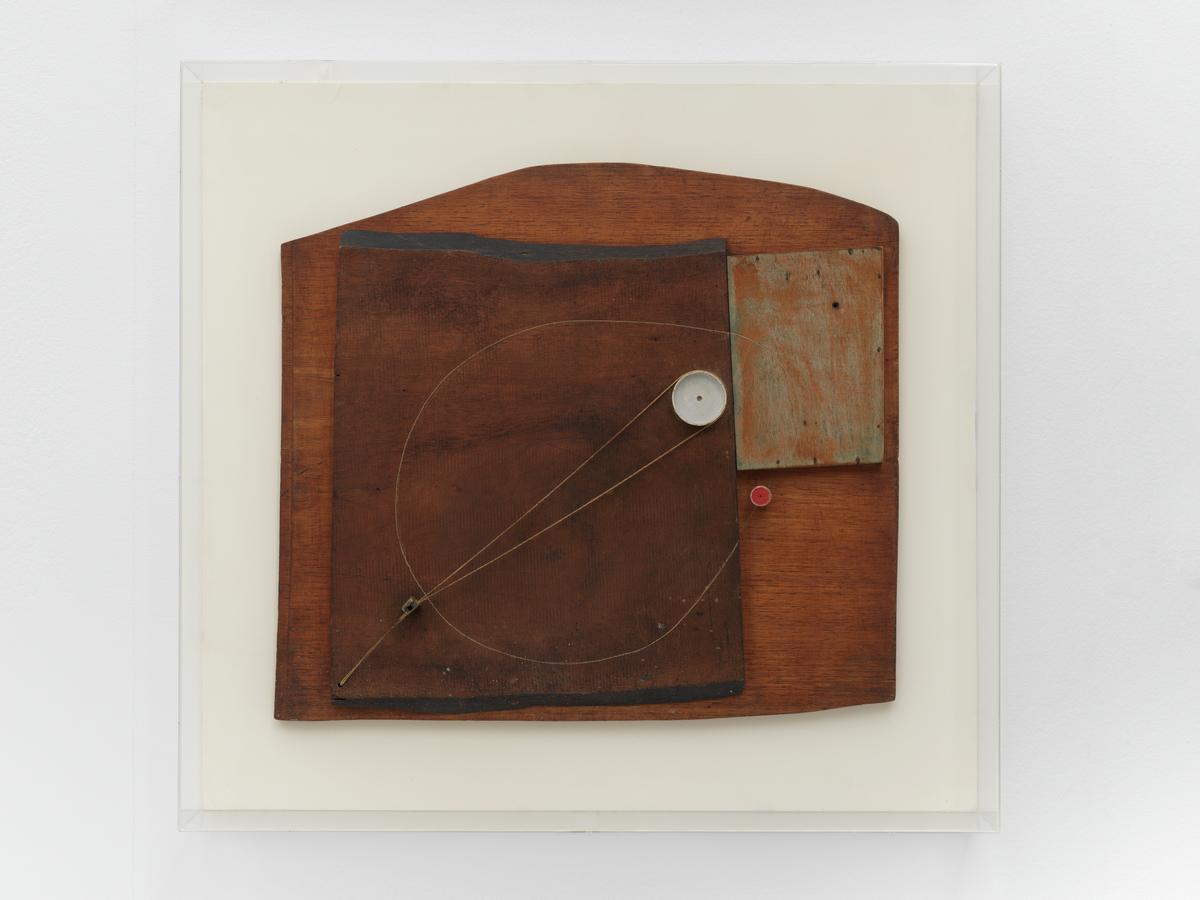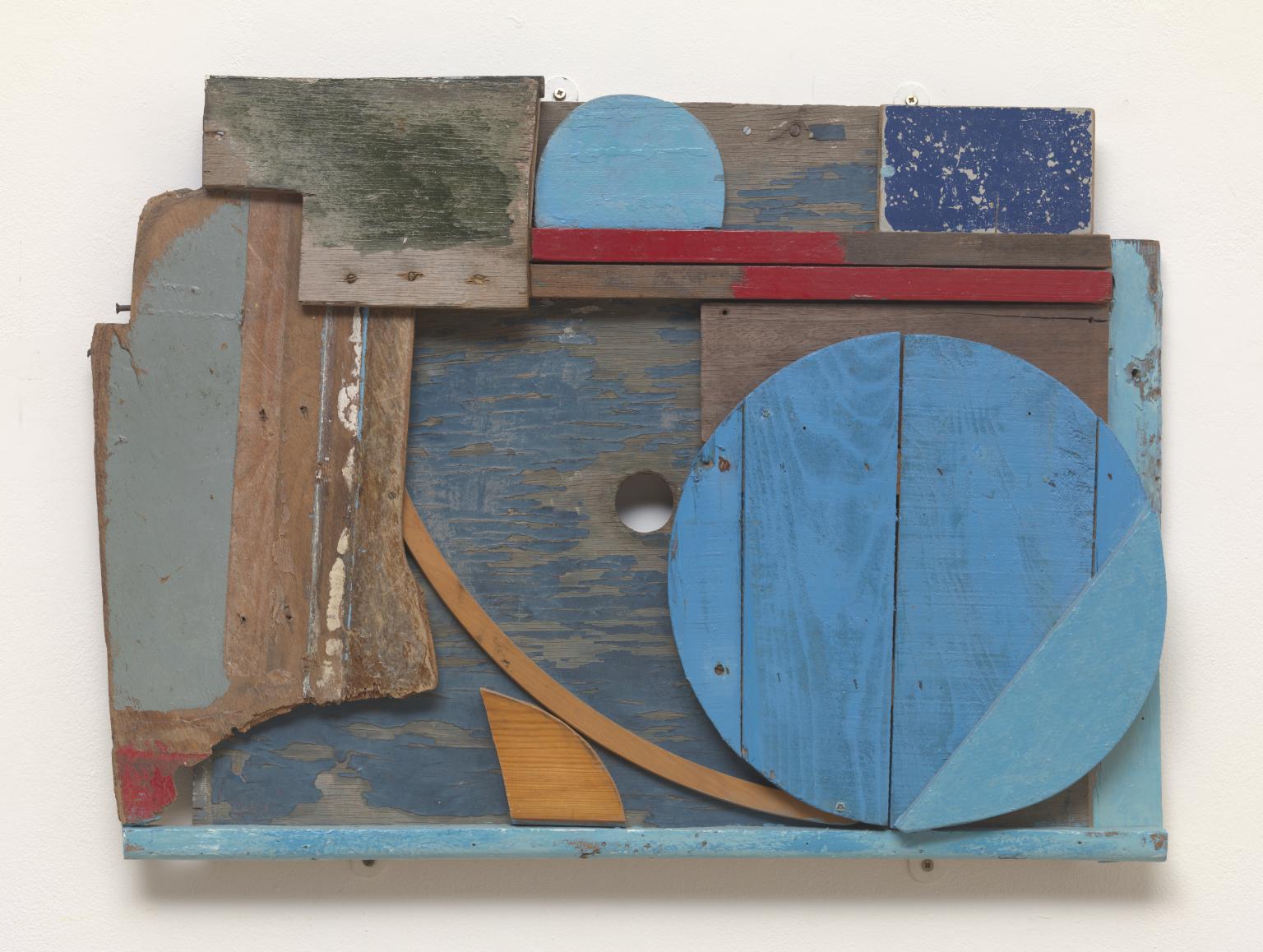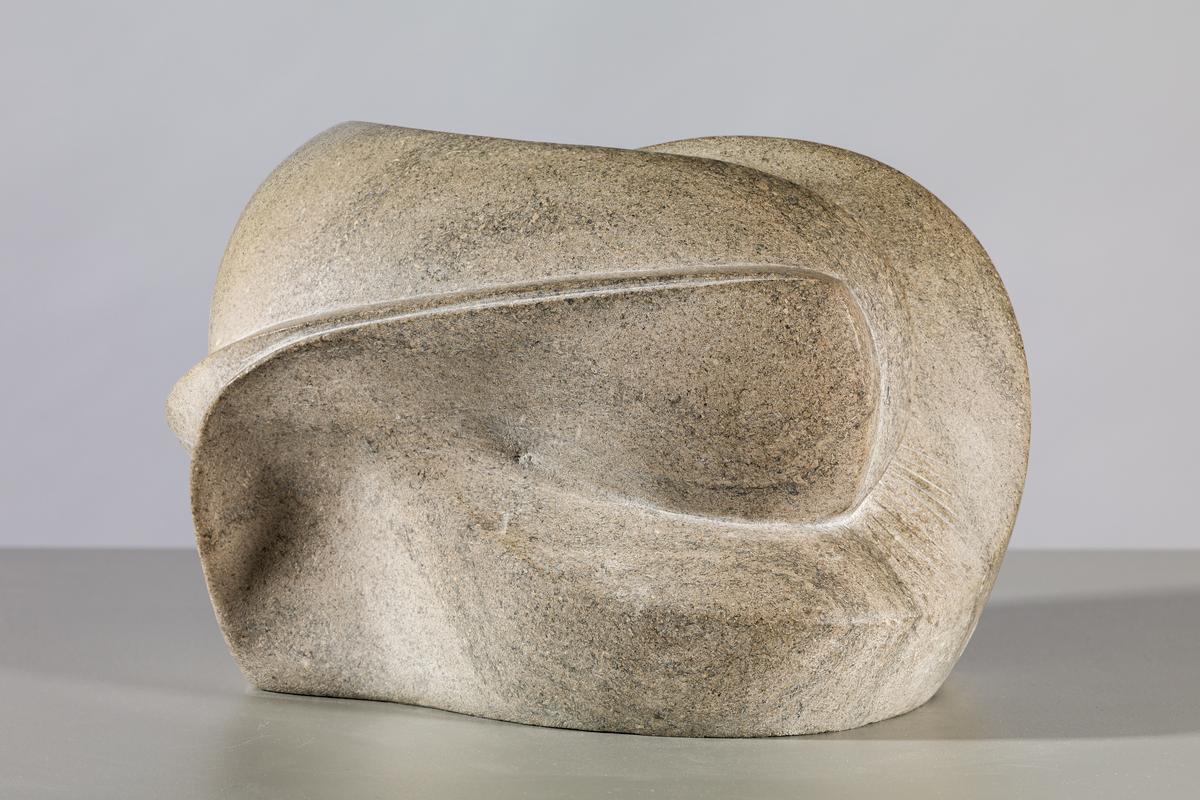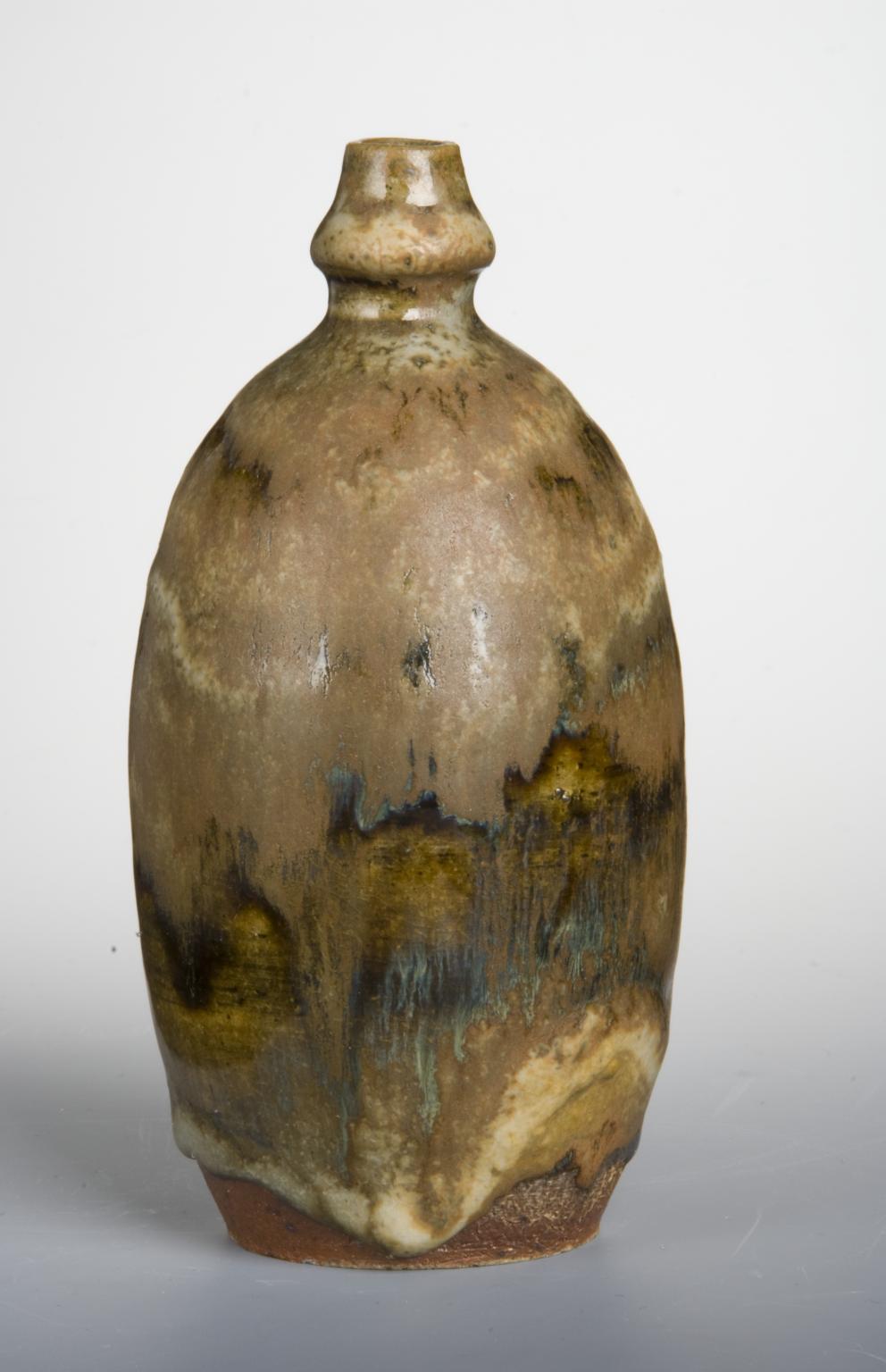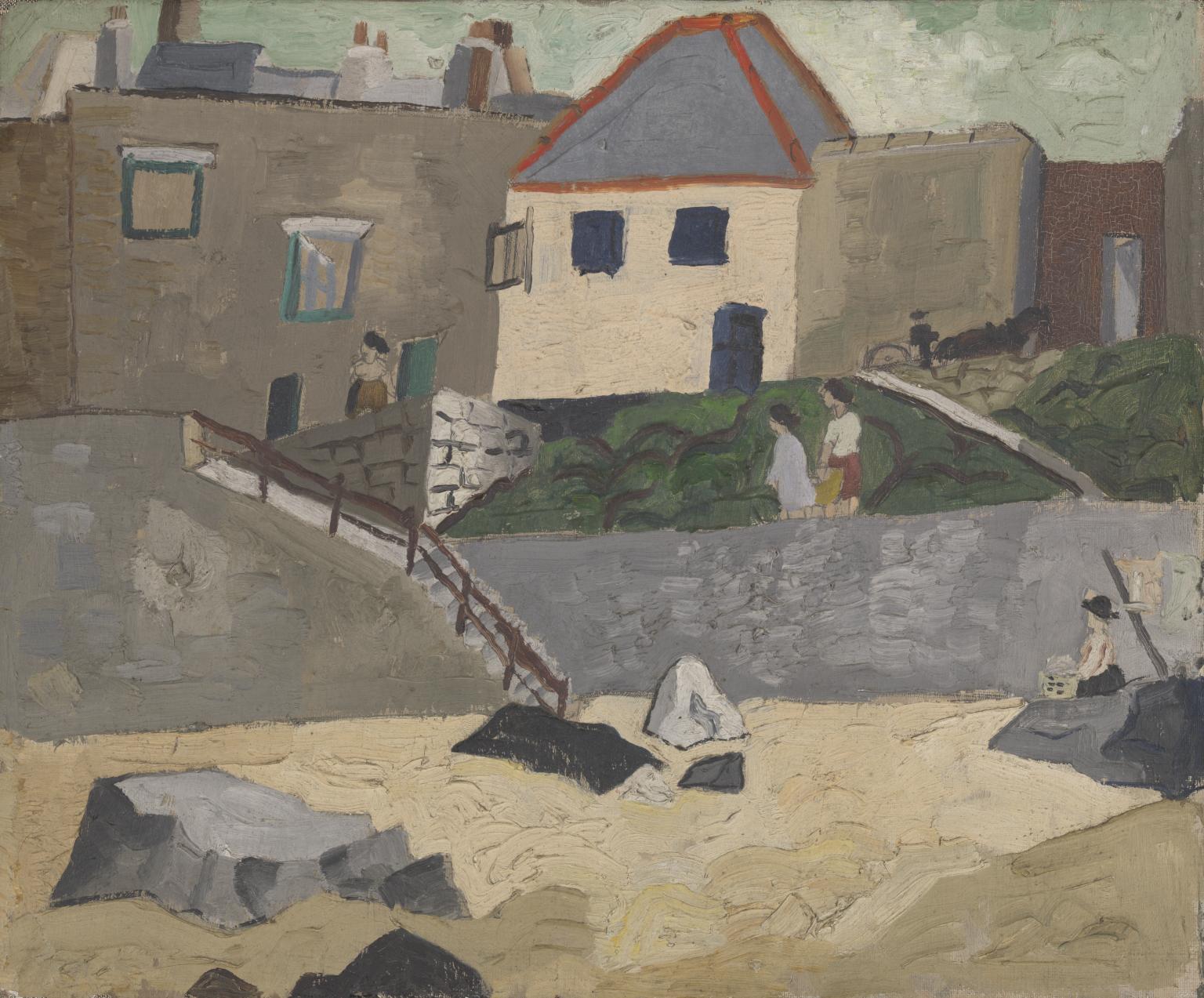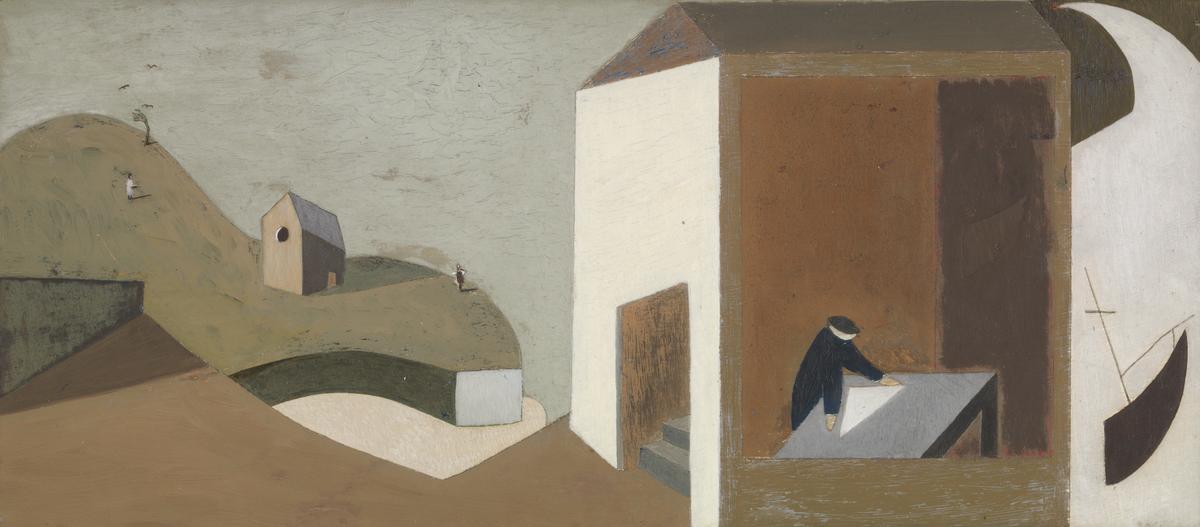4 rooms in Modern Conversations
Discover the importance of authentic storytelling in our era of mass media and 'fake news'
Artists have relayed stories about the modern world in multiple forms. This room considers approaches to material storytelling, led through the work of Alfred Wallis. Together, these works reveal how modern artists have appropriated processes or unconventional materials to bring meaning to their ideas
Passed on through word, sound, image and performance, stories can be reminisced, embellished, adapted, translated or suppressed. Transcending time and places, the uniquely human act of visual storytelling continues to shape our lives and inform making today.
About Alfred Wallis
Would Alfred Wallis have thought himself a modern artist? Wallis became an influential painter working from the kitchen table of his St Ives home. He began painting in retirement and depicted his experiences at sea. Formerly a sailor, fisherman then scrap merchant, Wallis lived modestly or in poverty for much of his life. He taught himself to paint using marine paints upon found materials such as scrap board and grocery boxes.
Wallis incorporated fragments of materials and objects he gathered from daily life, developing an instinctive style of painting to recreate his memories. His work inspired modern British artists seeking an authentic approach to art following the traumas of the First World War. Wallis continues to gain international recognition as artists explore diverse ways of painting in response to the contemporary world.
Tate St Ives
Level 3
Ongoing
Entry to both the display and the gallery is free for Tate Members, Locals' Pass holders and under 18s.
Become a memberArt in this room
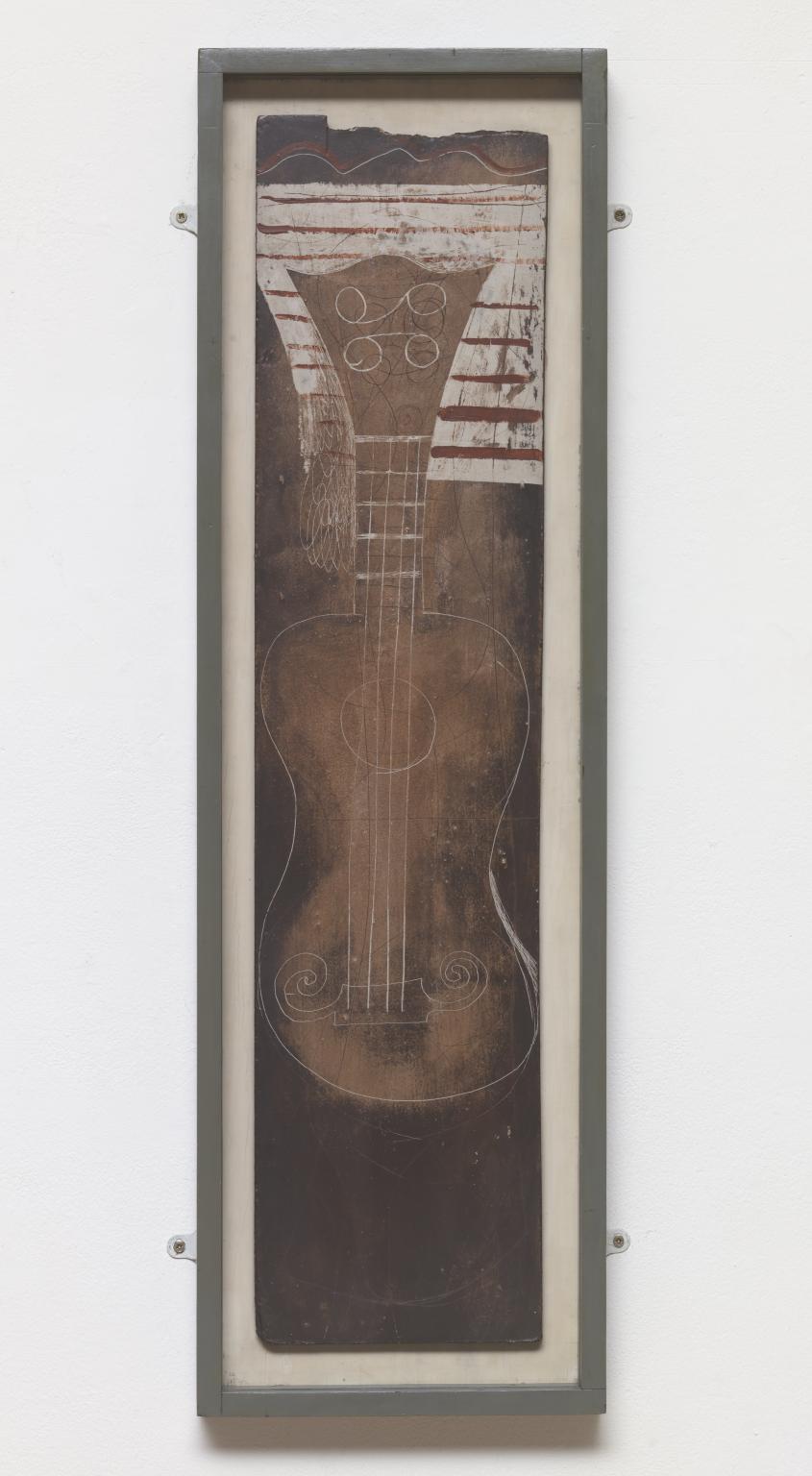
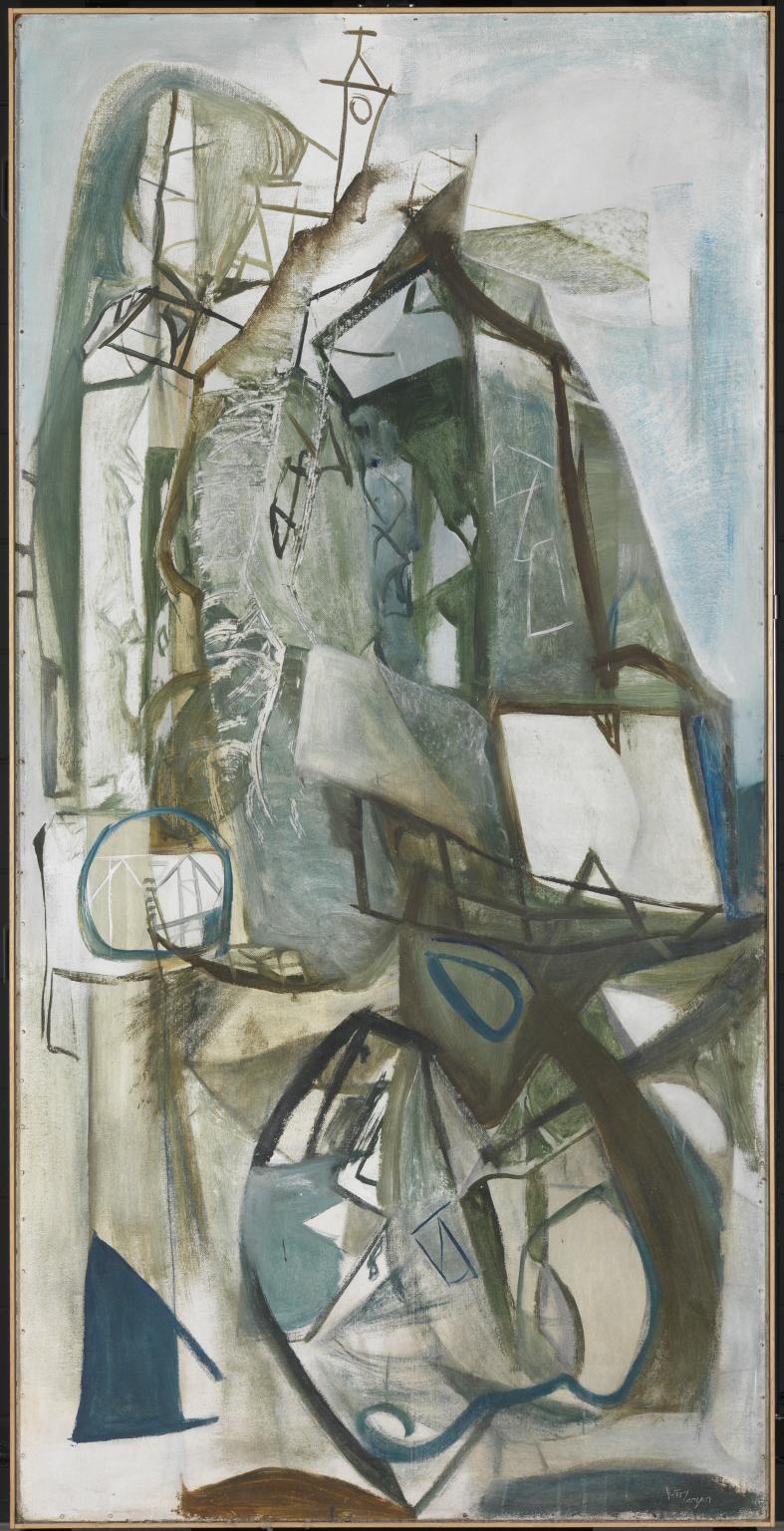
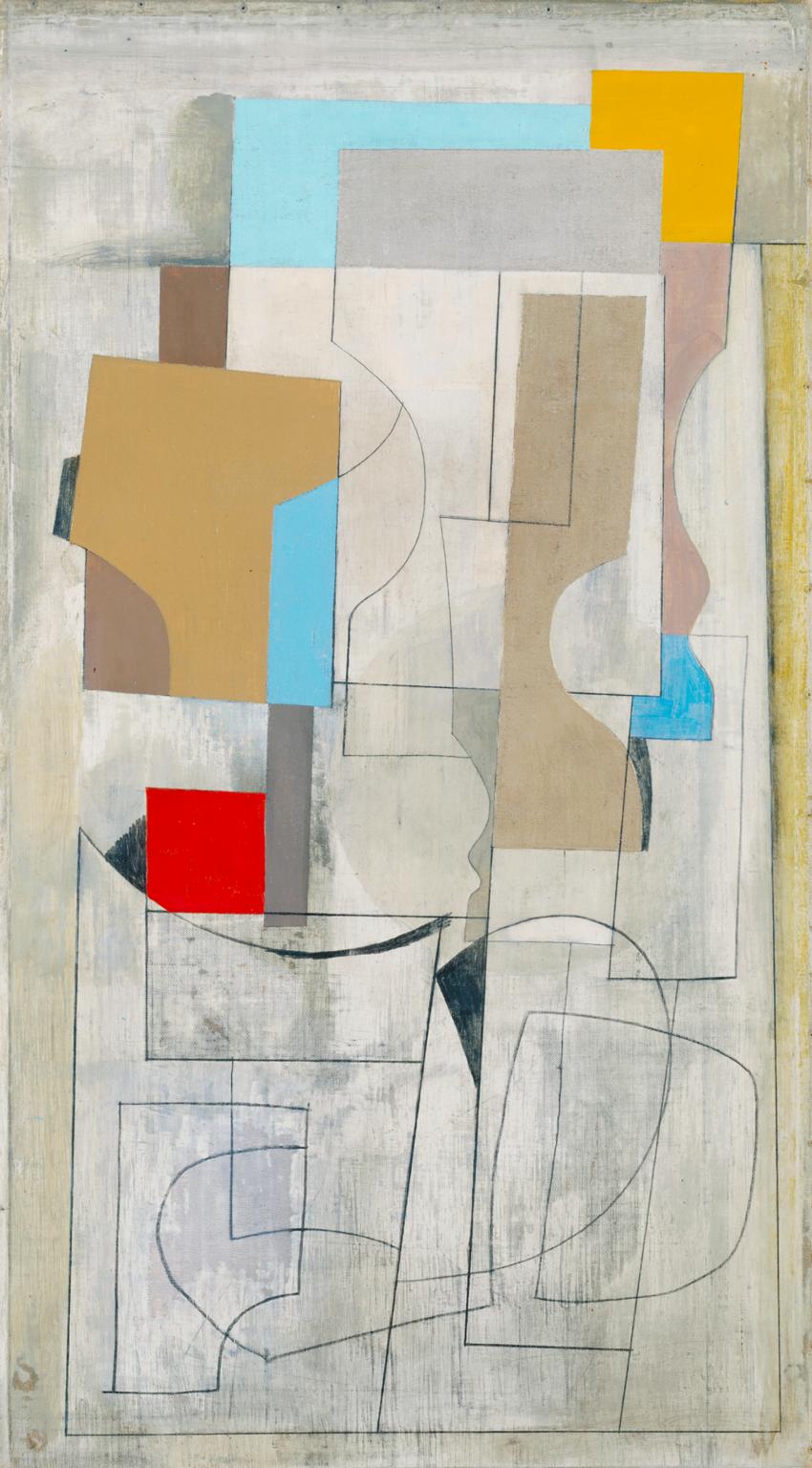

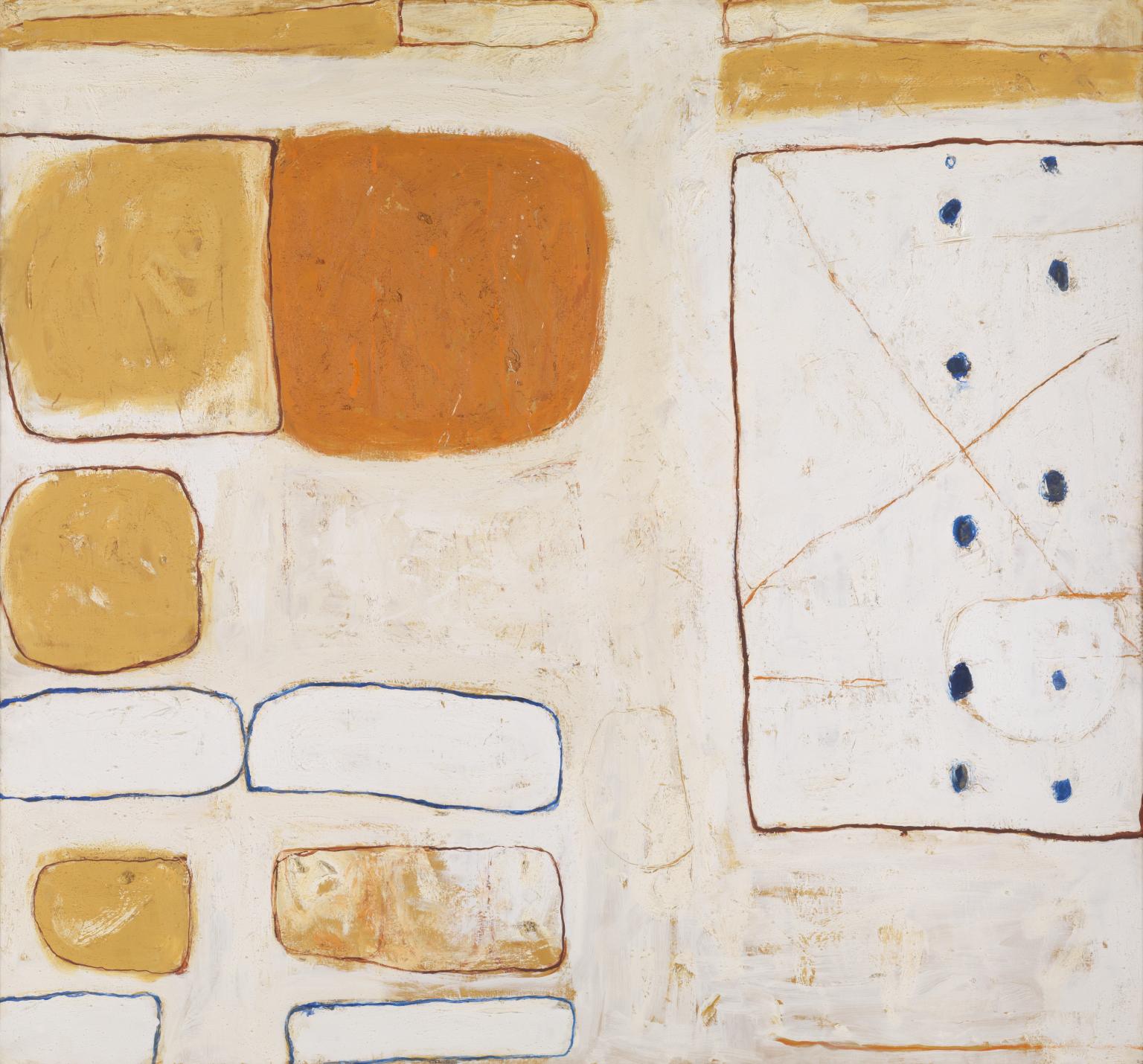
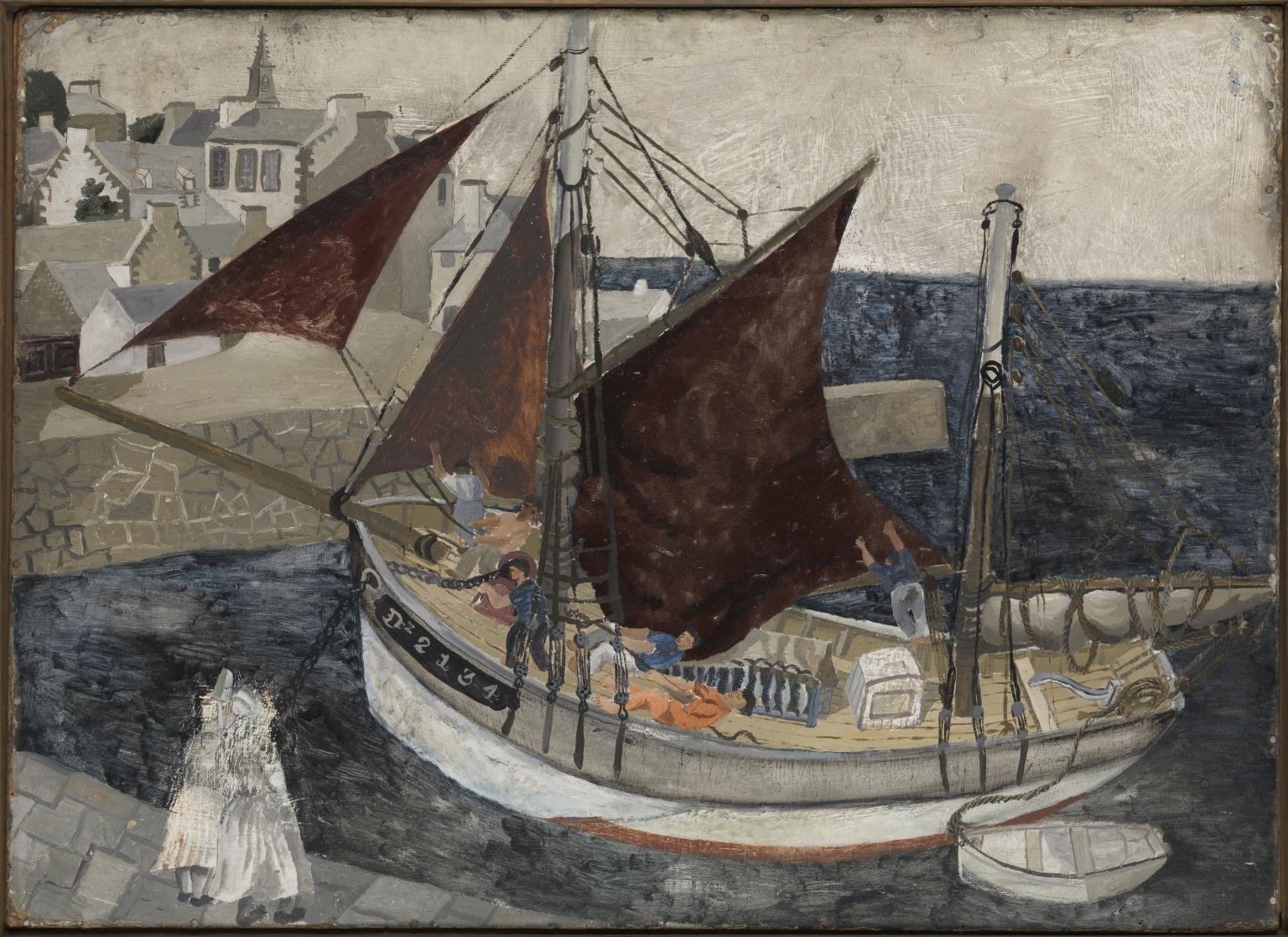
You've viewed 6/19 artworks
You've viewed 19/19 artworks

